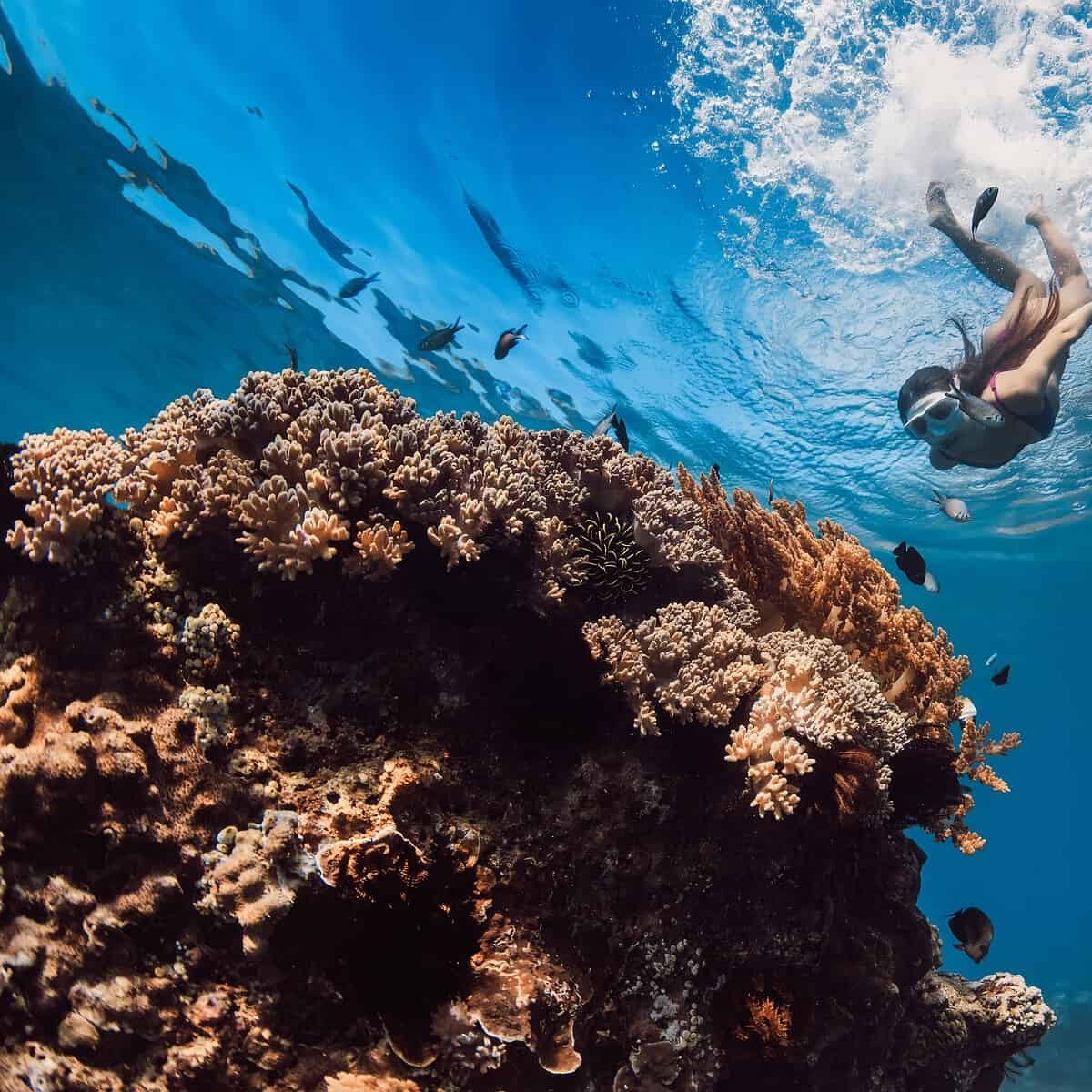When imagining corals, the picture that comes to mind is usually a stationary one: a garden of rock-like structures covering sections of the ocean floor.
Reef conservation efforts typically focus on preserving established coral and protecting them from known stressors such as pollution, overfishing and runoff from coastline populations.
However, new research near Miloli’i in the southwestern part of the island of Hawaii shows that identifying and protecting marine ecosystems both down-current and up-current of coral reefs, specifically areas where coral larvae are more likely to survive and thrive, is crucial to future coral conservation and restoration efforts — especially as reefs face increasing pressure from the devastating effects of climate change.
The research, completed by Arizona State University scientists and collaborators from Stanford University as well as the Ako’ako’a Reef Restoration Program, appears in the current issue of Proceedings of the National Academy of Sciences.
Rachel Carlson, an ASU affiliate scientist and the study’s first author, says this type of collaborative work — partnerships combining local, Indigenous knowledge and Western science — is crucial to mapping out a future that ensures the survival of coral populations:
“There’s a lot of Indigenous knowledge about coral spawning and fish populations in West Hawaii. In this study, we addressed an open question: How connected are coral populations between embayments along this coastline?
“What we essentially found is that the major factors in helping the coral keiki, known as larvae, settle down and survive are the nearshore current and the structure of the reef.”

